Understanding Folding Partition Walls
Folding partition walls have emerged as an innovative solution for optimizing spaces in various environments, offering flexibility and improved usability. These adaptable walls are essential for creating distinct areas within larger spaces, fostering functionality without the need for extensive construction. As businesses and individuals seek to maximize their environments, understanding the ins and outs of folding partition walls becomes crucial. Let’s explore this topic in-depth.
What is a Folding Partition Wall?
A folding partition wall is a movable wall system designed to divide spaces easily and efficiently. Typically composed of lightweight materials and fitted with tracks or hinges, these walls can be retracted and expanded to create temporary or permanent separation. This adaptability is particularly beneficial in settings where space usage fluctuates, such as conference centers, schools, restaurants, and offices. Unlike traditional walls, folding partition walls offer the ability to reconfigure a space quickly, maintaining an open concept or dividing it as needed.
Benefits of Using Folding Partition Walls
The advantages of incorporating folding partition walls are numerous:
- Flexibility: They allow for rapid reconfiguration of space, making it easy to transition from one layout to another based on changing needs.
- Space Optimization: Folding partition walls help to maximize the utility of available space, accommodating larger groups during events and then partitioning for smaller gatherings when required.
- Cost-effectiveness: Compared to constructing permanent walls, the initial investment in folding partitions can yield significant cost savings, especially with the added benefit of lower maintenance costs.
- Acoustic Control: Many folding partitions are designed with acoustic insulation properties, offering sound control, which is particularly essential in environments requiring confidentiality or concentration.
- Aesthetic Appeal: Available in various designs and finishes, folding partition walls can enhance the interior decor of spaces, ensuring they align with branding and design ethos.
Common Applications for Folding Partition Walls
Folding partition walls are incredibly versatile and find applications across various sectors:
- Corporate Settings: Used in offices to create meeting rooms or breakout spaces, facilitating collaboration without the need for permanent structures.
- Event Management: In convention centers and event halls, these walls can easily transform large open areas into multiple venues for seminars, receptions, or trade shows.
- Educational Facilities: Schools and universities employ folding partitions to create classrooms or study areas, adapting to different class sizes or group activities.
- Hospitality Industry: Hotels and restaurants use folding walls for private dining experiences or to create versatile function rooms that adapt to guest numbers and needs.
- Residential Use: Homeowners might opt for folding partitions to separate spaces within open floor plans, enhancing privacy and functionality in multi-purpose rooms.
Types of Folding Partition Walls
Temporary vs. Permanent Solutions
Folding partition walls can broadly be categorized into temporary and permanent solutions. Temporary solutions are typically simpler and easier to install, making them ideal for spaces that require seasonal or occasional changes, such as banquet halls or exhibition spaces. On the other hand, permanent solutions involve more robust installations by securing the walls to the structure of the building, providing a durable division that can handle frequent use.
Acoustic Performance of Folding Partition Walls
One of the critical aspects of folding partition walls is their acoustic performance. Many modern folding walls are engineered with sound-absorbing materials and designs that prevent noise transfer between spaces. The effectiveness of these partitions in sound insulation can vary significantly depending on the materials used and the installation method. Understanding the specific acoustic ratings can help businesses determine the most suitable options for their needs, especially in environments where loud noises can disrupt experience or productivity.
Materials Used in Folding Partition Walls
The construction of folding partition walls often utilizes various materials, each selected for specific benefits:
- Wood: Offers a traditional aesthetic, excellent for creating warm, inviting environments.
- Metal: Common in commercial settings, providing durability and a sleek modern look.
- Fabric: Used for sound absorption and available in various colors, making it an eco-friendly option.
- Glass: Provides a contemporary feel while allowing natural light to flow, maintaining an open atmosphere even when separated.
Installation and Design Considerations
How to Choose the Right Folding Partition Wall
Choosing the right folding partition wall involves several considerations:
- Space Requirements: Assess the dimensions of your space and the functionality you desire. Consider how often you need to open or close the partition and the typical group sizes you will accommodate.
- Acoustic Needs: Determine the desired level of sound insulation based on your environment’s use. For example, conference rooms might require higher acoustic performance than casual meeting spaces.
- Design Aesthetics: Choose materials and finishes that complement the surrounding environment. This consideration is essential in hospitality and retail settings where customer experience is paramount.
- Budget: Evaluate the total costs, including installation, maintenance, and potential modifications in the future. Some options may require more upfront investment but provide savings in the long term.
Installation Process: What to Expect
When installing folding partition walls, it’s crucial to work with qualified professionals who understand the intricacies of both the products and the space:
- Initial Assessment: This involves measuring the space, discussing design preferences, and determining the goals for the partition.
- Design and Customization: Many partition systems allow for customization, requiring collaboration between the designer and the manufacturer for optimal results.
- Installation: Decided by the type of partition, the installation can take anywhere from a few hours to several days. It involves securing the partition to tracks or frameworks and ensuring all components are leveled and aligned.
- Final Adjustments: Testing the wall movements and ensuring that all features, such as soundproof seals, function effectively.
Design Tips for Aesthetic Integration
A folding partition wall should be functional, but it can also serve as a design feature. Here are some tips to ensure that the installation integrates seamlessly with the overall aesthetic:
- Color Coordination: Choose colors that match or complement existing decor.
- Texture Variation: Incorporate different textures through the materials to create visual interest while maintaining cohesion.
- Lighting Consideration: Ensure that any glass panels are well-placed to enhance natural light and visibility, aligning with the overall lighting plan of the space.
- Accessibility: Design with accessibility in mind to ensure that all users can easily operate the partition without hindrance.
Maintenance and Care for Folding Partition Walls
Regular Maintenance Practices
Proper maintenance is essential for extending the lifespan and functionality of folding partition walls. Here are key practices to consider:
- Cleaning: Regularly dust and clean surfaces using mild detergents to avoid damaging the material.
- Inspection: Periodically check mechanisms and tracks for any signs of wear and tear. Addressing issues early can prevent more significant problems later.
- Professional Servicing: It’s advisable to have a professional inspect the partitions annually to perform adjustments or repairs as necessary.
Repairing Common Issues
Despite best maintenance practices, issues may arise over time. Common problems include:
- Sticking Mechanisms: Dust and debris can accumulate in tracks, causing the wall frameworks to become sticky. Regular cleaning will help alleviate these issues.
- Uneven Panels: If panels are misaligned, adjustments can often be made to the suspension system or floor tracks.
- Damaged Surfaces: Minor scratches or damage to the panel surfaces can often be repaired with touch-up paint or panels replacement, depending on the product.
Understanding Lifespan and Durability
The lifespan of folding partition walls can vary significantly depending on the quality of materials used and proper installation and maintenance. A well-maintained system can last upwards of 20 years. When choosing products, opt for reputable manufacturers known for durability and quality assurance.
Case Studies: Successful Applications of Folding Partition Walls
Businesses that Transformed with Folding Partition Walls
Many businesses have experienced significant transformations through the use of folding partition walls. Here are a few notable examples:
- Conference Centers: A combined conference space utilized partitions to create flexible meeting rooms, improving their bookings by 40% within six months of installation.
- Restaurants: A restaurant introduced folding wall systems to create private dining options. This led to a 30% increase in private event bookings.
Event Spaces Utilizing Folding Partition Walls
Event spaces have also successfully adapted folding partitions:
- Trade Shows: Trade shows have reported that modular partitioning allowed them to adapt spaces instantly, increasing efficiency and visitor engagement.
Residential Uses for Folding Partition Walls
In residential settings, folding partition walls have provided innovative solutions for space utilization:
- Home Offices: Many homeowners have embraced folding partitions to create temporary workspaces, leading to more efficient work environments amid the shift towards remote work setups.
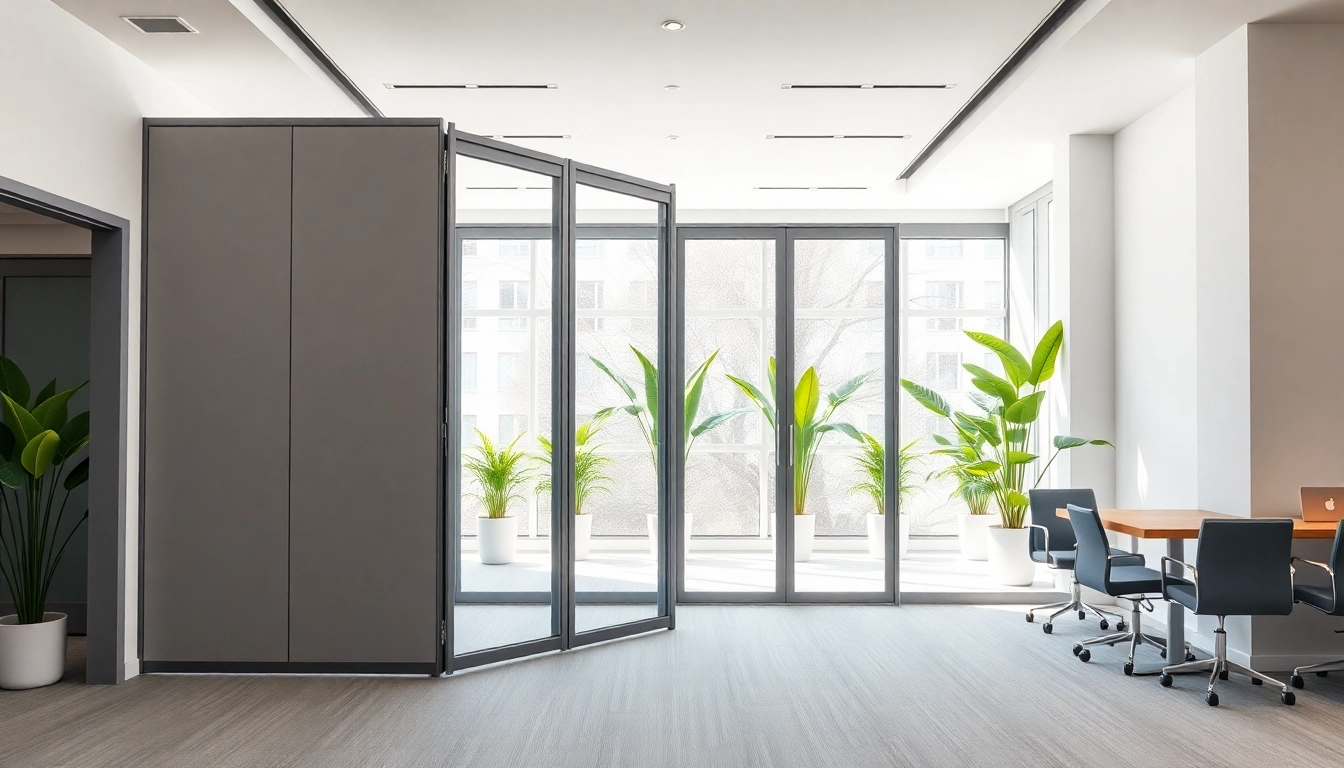

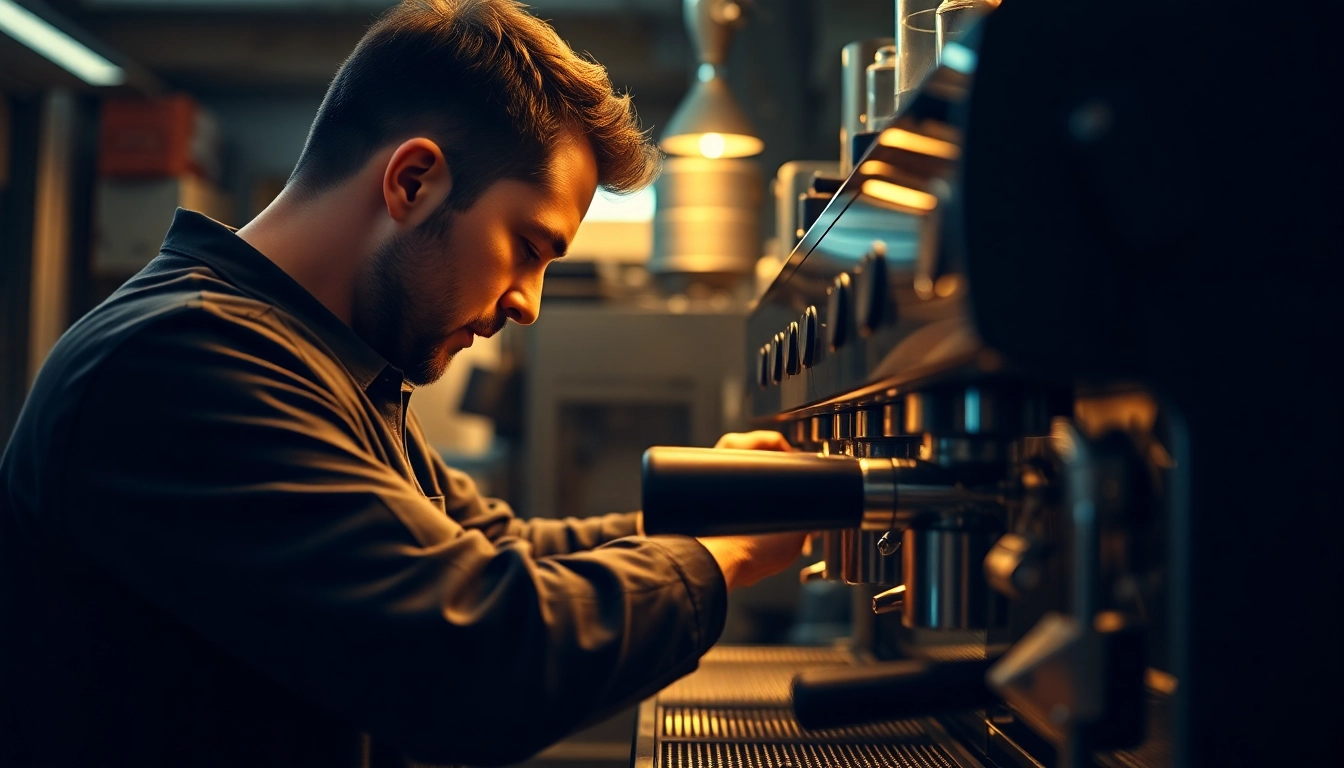
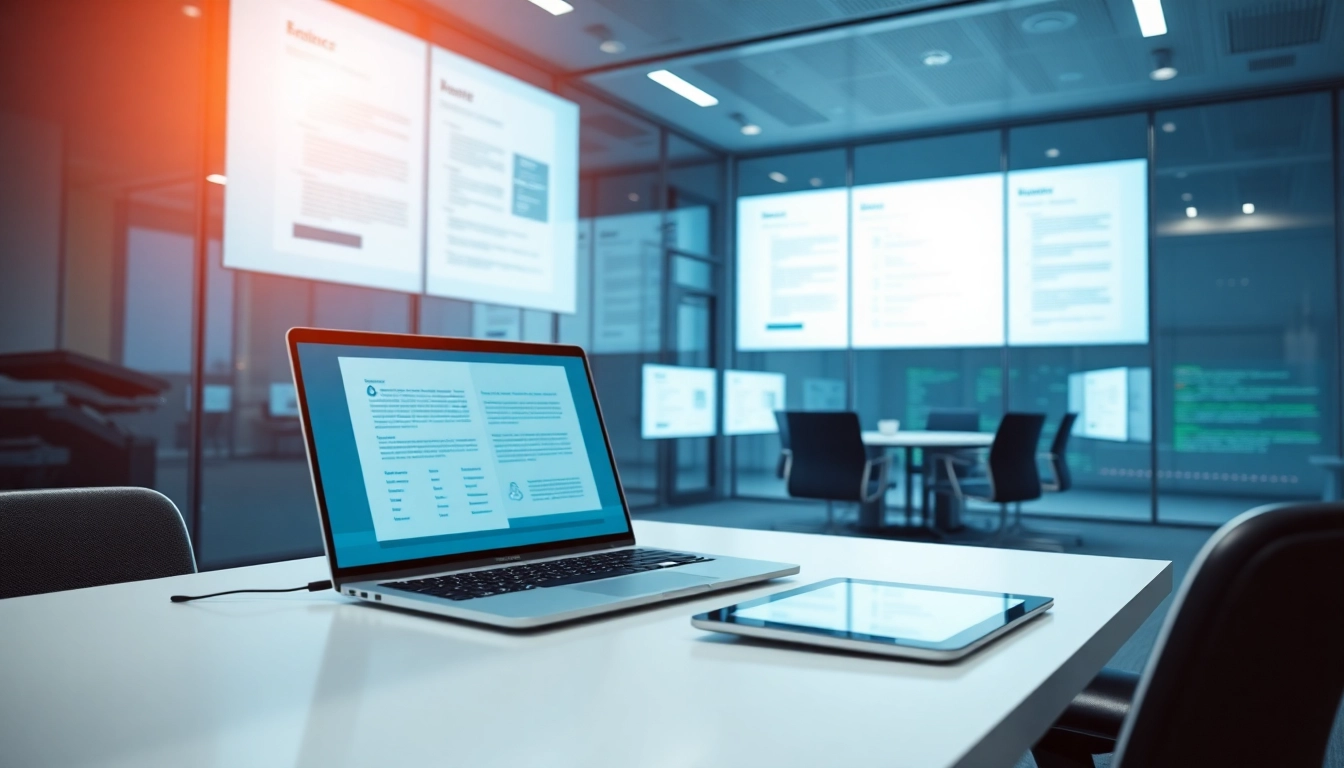


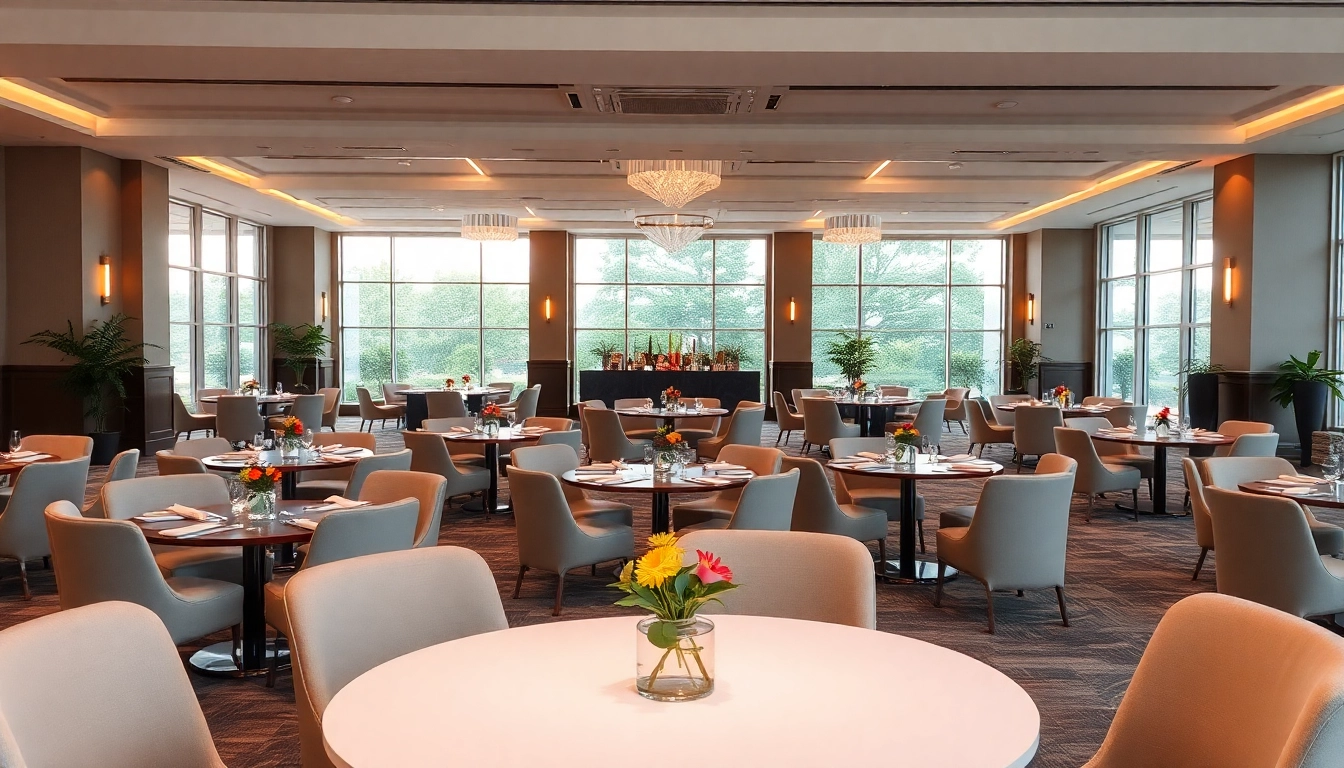
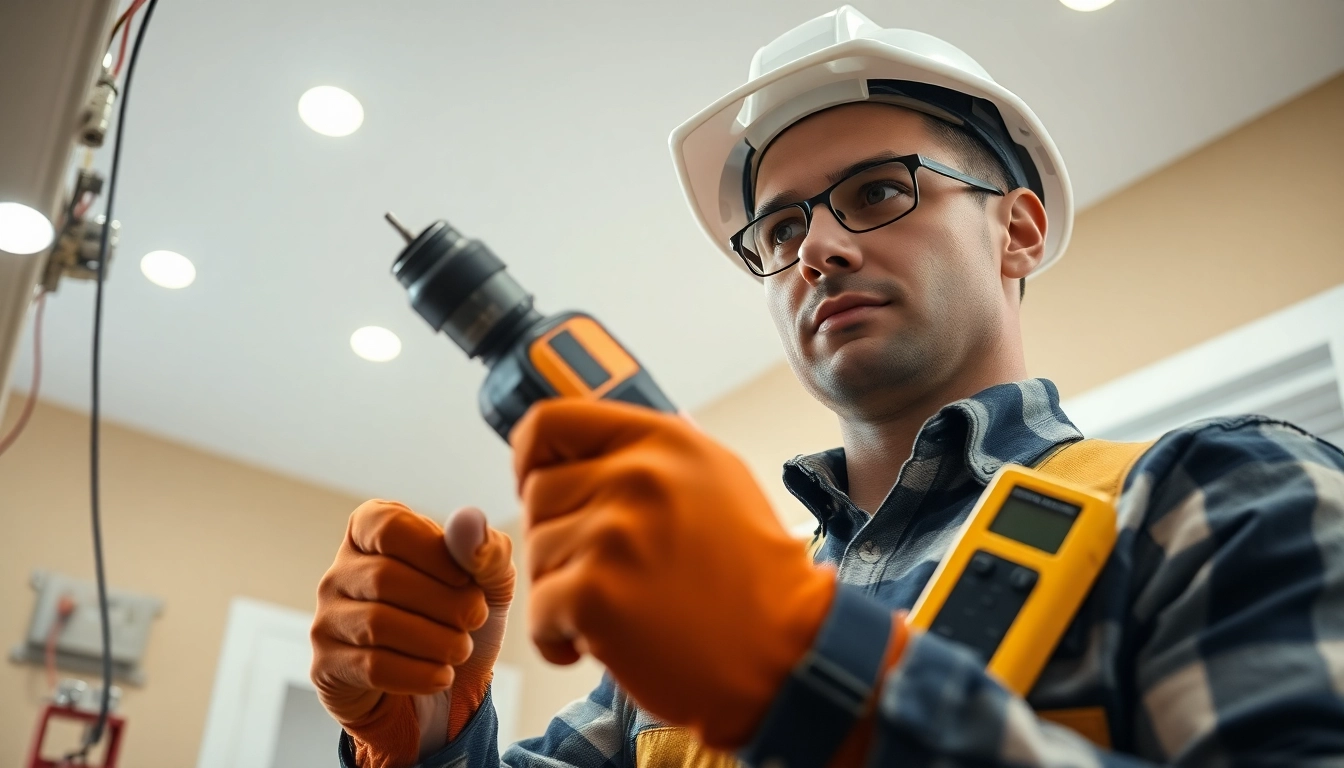


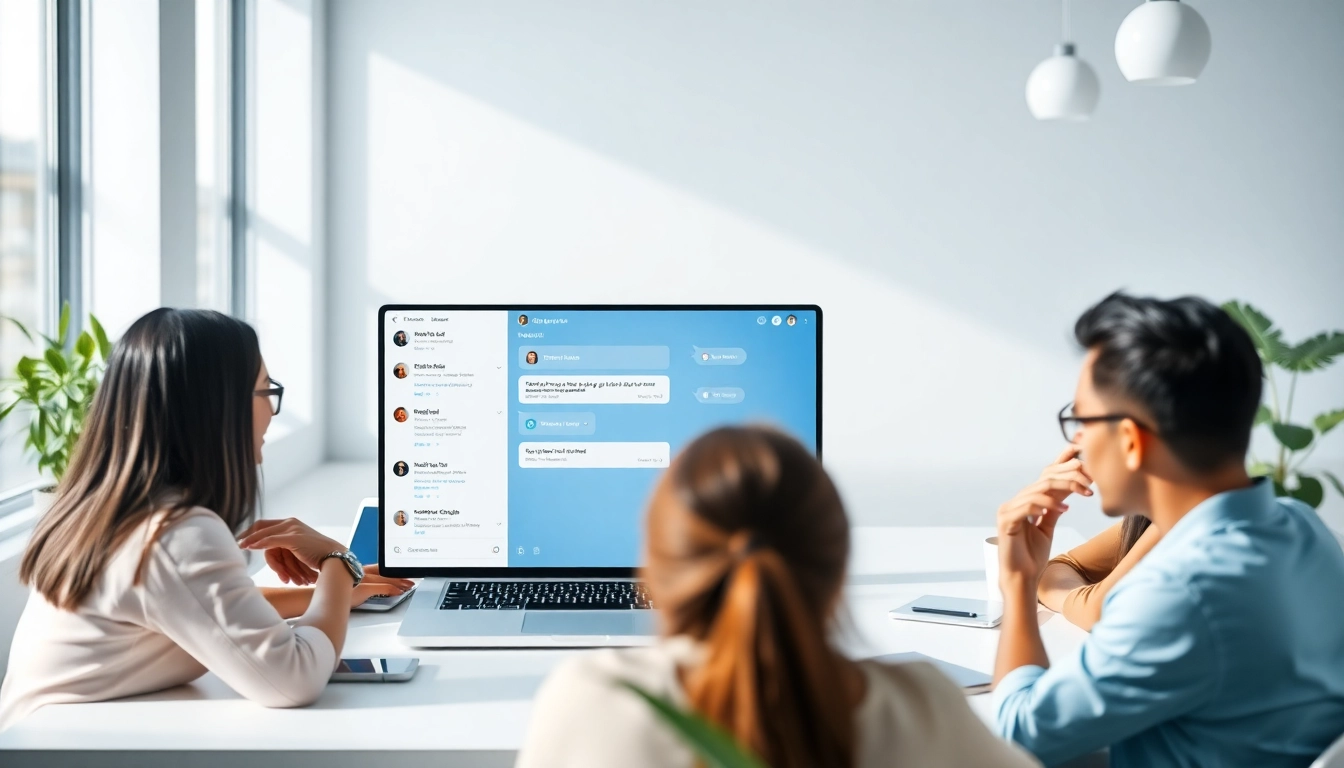

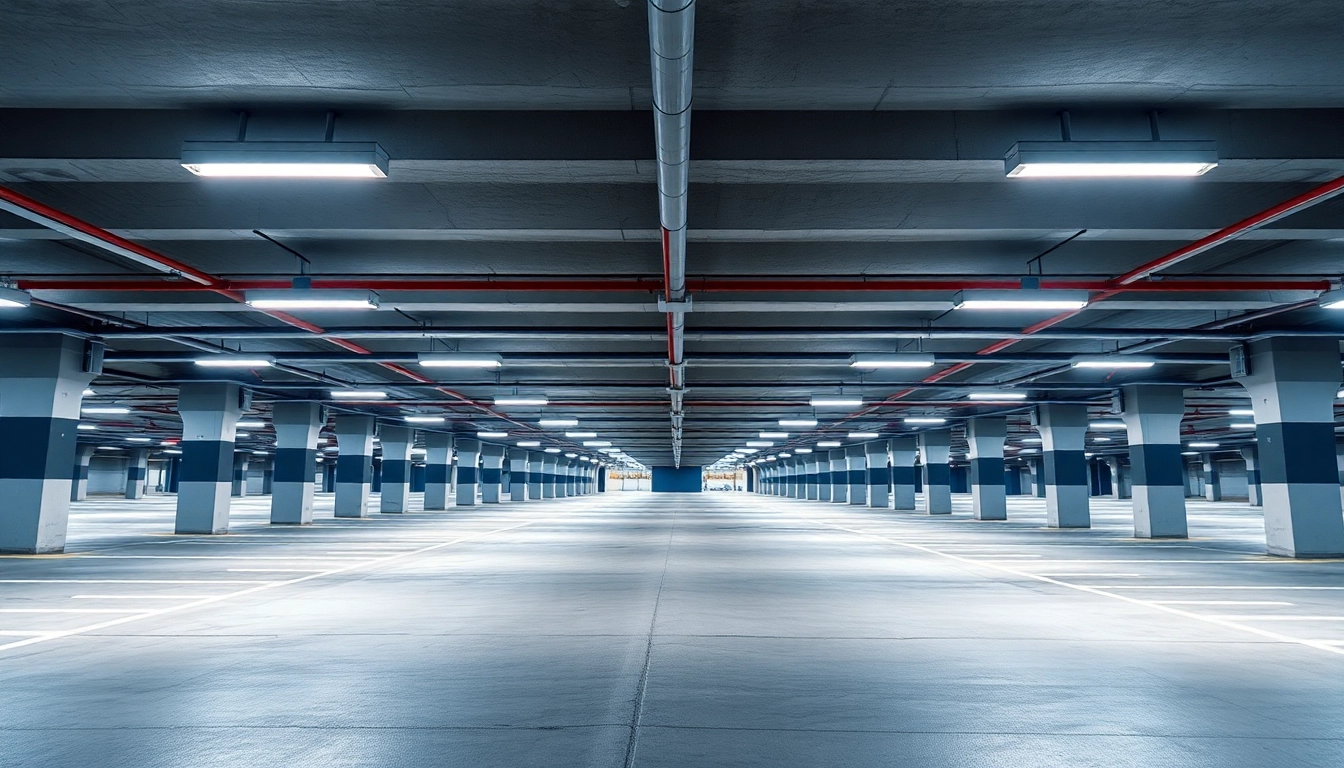


Leave a Reply